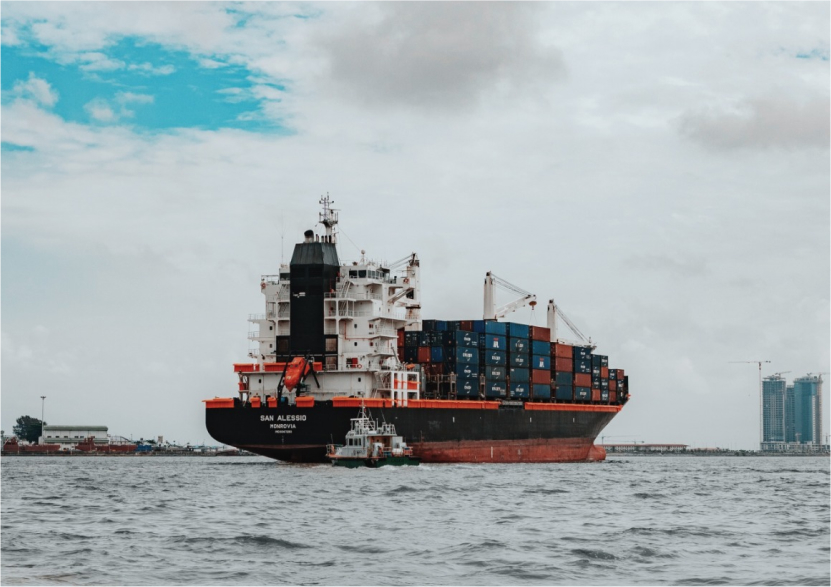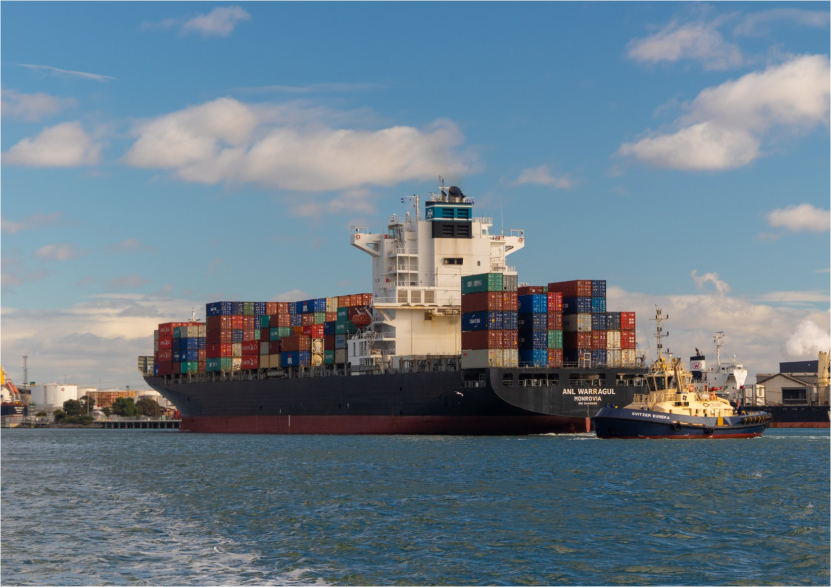Incorterms 2020
Incorterms 2020

EXW – Ex Works
Under the EXW term, the seller is responsible for making the goods available at its premises. The parties can also agree on another named place such as factory, office or warehouse. At this point, the buyer gains ownership of the goods. Then, he handles all costs and risk after the products are collected.
EXW is most favourable to the seller. He has no obligation to load the goods or to cover freight costs once the goods have left the premises. This term can cause complications for the buyer if products are for export.
FCA – Free Carrier
With FCA, the seller is responsible for delivering the goods to the buyer’s nominated premises. He needs to load the stocks onto the buyer’s transportation. Then, the seller organises the shipping, including export clearance and meeting security requirements.
The risk is transferred once the goods are loaded onto the buyer’s transportation. Thus, any damage to the products when on board the vessel is the responsibility of the buyer.
The buyer pays the cost of freight, bill of lading fees and insurance. Also, he pays for unloading and transportation costs to the final destination.
FCA is the term that has been most significantly changed under the Incoterms 2020 rules. Previously, the use of a transport intermediary meant the seller was unable to obtain a bill of lading with onboard notation. The reason was that he did not present the goods directly to the international shipper. Without the BL, the transacting bank would not authorise payment to the seller. Under the new Incoterms 2020, FCA resolves this problem. The buyer should instruct the carrier to issue a bill of lading with the onboard notation to the seller. The parties specify this notation on the sale contract.
See More: What are the most important changes on Incoterms 2020?
CPT – Carriage Paid To
CPT goes beyond FCA by specifying that the seller bears the costs of transportation to the buyer’s place of destination. The seller clears the goods for export and delivers them to the carrier or place of destination as instructed by the buyer.
At the defined place of shipment is where the risk is transferred to the buyer. The seller is responsible for the transportation costs associated with delivering goods. However, he is not responsible for procuring insurance.
If the buyer requires the seller to obtain insurance, the parties should consider the Incoterm CIP instead.
CIP – Carriage and Insurance Paid To
CIP is broadly similar to CPT. However, the seller is required to insure the goods in transit and to pay the transportation itself.
The seller clears the goods for export and delivers them to the carrier or place of destination as instructed by the buyer. The seller is responsible for the transportation costs of the items to the designated place of destination.
The risk is transferred to the buyer at the defined place of shipment.
In one of the most significant changes under Incoterms 2020, CIP requires the seller to purchase a higher level of insurance. This level of coverage is appropriate for containerised goods: 110% of the contract value under Institute Cargo Clauses (A) of the Institute of London Underwriters. Previously the minimum insurance was applicable under Institute Cargo Clauses (C).
DPU – Delivered at Place Unloaded
It was previously known as Delivered at Terminal (DAT). It has been renamed because the buyer (or seller) may want to specify the delivery location rather than the terminal. This term is often used for consolidated containers with multiple consignees. It is the only term that tasks the seller with unloading the goods.
The seller covers all the costs of transportation (export fees and carriage). Also, at the destination port, the seller pays the unloading from the carrier and the port charges. He assumes all risks until arrival at the destination port or terminal.
The buyer is responsible for all costs and risks after unloading. It includes import duties, taxes and customs clearance. Also, the buyer pays local transportation to the final named place of destination.
If the seller is not able to organise unloading, he should consider shipping under DAP terms instead.
DAP – Delivered At Place
The seller delivers the goods to a named place of destination but is not responsible for unloading. His responsibilities include packing, export clearance, carriage expenses and any terminal costs up to the agreed destination port.
DAP means the buyer is responsible for all costs, duties and taxes associated with unloading the goods. He is also responsible for clearing customs to import the products into the named country of destination.
The risk is transferred to the buyer at the final designated place of destination.
DDP – Delivered Duty Paid
DDP means the seller bears all risks and costs associated with clearing and delivering the goods to the designated place.
The seller is liable for clearing the goods through customs in the buyer’s country. It includes payment of both duties and taxes. Furthermore, he needs to obtain the necessary authorisations and registrations from the authorities. However, the seller is not responsible for unloading.
This term places the maximum obligations on the seller and minimum obligations on the buyer. The buyer bears no risk or responsibility until the goods are at the final agreed place.
Unless the seller has a profound understanding of the rules and regulations in the buyer’s country, DDP terms can be a considerable risk both in terms of delays and in unforeseen extra costs. Hence, DDP should be used with caution.
FAS – Free Alongside Ship
The seller delivers the goods alongside the buyer’s vessel at the named port of shipment. It means that the buyer bears all costs and risks of loss or damage from that moment.
The FAS term requires the seller to clear the goods for export (under previous Incoterms, the buyer arranged export clearance).
FOB – Free On Board
Under FOB terms, the seller bears costs and risks until the goods are loaded on board of the designated vessel.
The seller’s responsibility includes arranging export clearance. At the same time, the buyer pays the cost of marine freight, bill of lading fees and insurance. He is also responsible for unloading and local transportation costs from the port of arrival to the final destination.
Any damage to the goods when on board the vessel is the responsibility of the buyer.
Since Incoterm FCA was introduced in 1980, FOB should be used only for non-containerised sea freight and inland waterway transport.
However, FOB continues to be the most commonly – and incorrectly – term used for all modes of transportation. Despite the contractual risk that can result (which include the difficulty of checking goods if they are enclosed in a container).
CFR – Cost and Freight
CFR incurs more significant risk and responsibility for the seller who pays for the carriage of the goods up to the named port of destination.
The risk is transferred to the buyer at the country of export. Specifically, when the goods have been loaded on board the ship.
The shipper pays for export clearance and freight costs to the selected port. Furthermore, he is responsible for any damage to the goods on board the ship until the port of final destination.
The buyer pays for local delivery from the port to the final destination and is responsible for purchasing insurance. If the buyer requires the seller to obtain insurance, the parties should consider the Incoterm CIF instead.
CFR should only be used for non-containerised sea freight and inland waterway transport. For all other modes of transportation – and for containerised goods – it should be replaced with CPT, as specified in a critical change in Incoterms 2020.
CIF – Cost, Insurance & Freight
The seller clears the goods for export and delivers them when they are on board at the port of shipment. The seller bears the cost of freight and insurance to the designated port of destination. Also, he is responsible for any damage to the goods on board the ship.
The seller needs to purchase the minimum level of insurance under Clause C of the Institute Cargo Clauses. (This requirement is unchanged from Incoterms 2010.)
At the port of arrival, the seller must turn over three key documents – invoice, insurance policy and bill of lading. Those documents represent the cost, insurance and freight of CIF.
This Incoterm is similar to CFR. However, the seller needs to obtain insurance while the goods are in transit.
.jpg)


